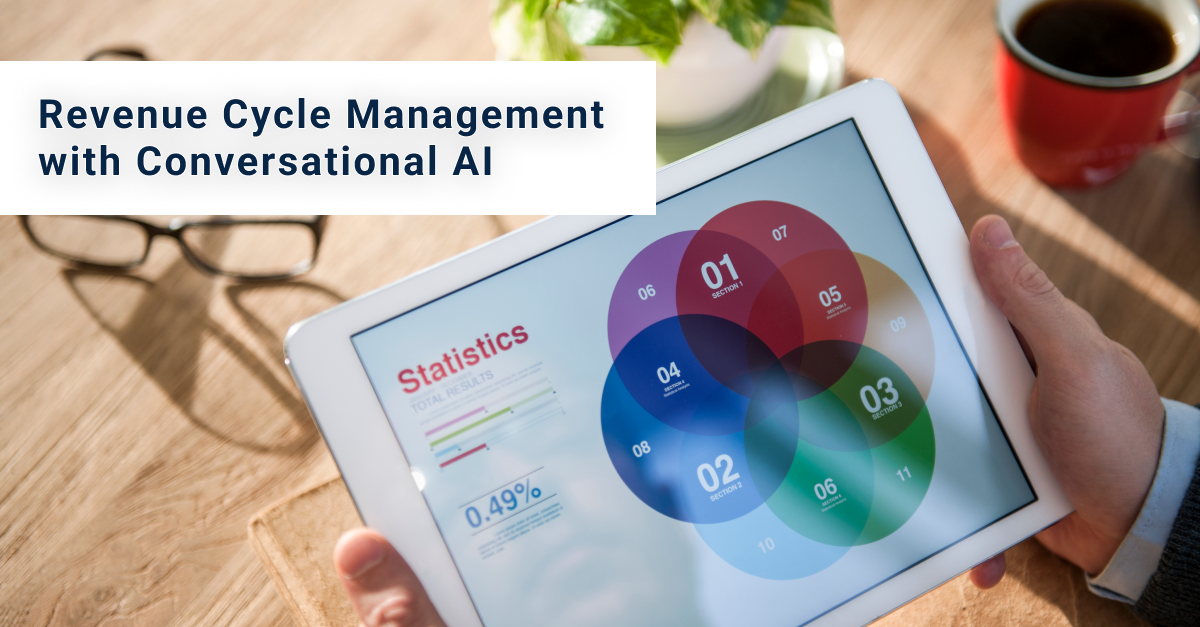Healthcare budgets and staffing resources can be heavily impacted by revenue cycle management (RCM). However, there are ways to mitigate these effects.
Difficulties encountered in managing revenue cycles
The process of Revenue Cycle Management (RCM) is inherently complicated, with several steps requiring significant human effort and being prone to errors. Any errors made in the initial steps can quickly snowball into more significant issues later in the process, potentially even leading to the process being stopped entirely. A recent survey by MGMA has shown that almost half of all denials are caused by errors in the initial stages of the cycle. This emphasizes the importance of accurately gathering and entering patient information during the registration process, as errors in this stage can lead to failure in subsequent steps of the cycle.
Four major hurdles that present significant challenges to managing the revenue cycle:
- Processes that rely heavily on manual labor, leading to a higher risk of human error, including incorrect data entry and incomplete patient registration.
- Ongoing staffing challenges that leave healthcare providers understaffed and unable to efficiently manage RCM workflows.
- Prioritizing revenue generation over providing a positive patient experience.
- The lack of integration and communication between disparate tools and systems used in the revenue cycle management process.
Although the challenges in revenue cycle management are significant, they are not impossible to overcome. Healthcare providers who adopt conversational AI and automation solutions can simplify complex processes, integrate disparate technologies, address staffing shortages, and provide a seamless patient experience. These providers are embracing innovative solutions to overcome these challenges and enhance their revenue cycle management capabilities.
Boosting Revenue Cycle Management Efficiency through Conversational AI and Automation
By implementing conversational AI, healthcare providers can prevent frontend issues caused by human errors and ensure that accurate and consistent patient information is collected in a timely manner. Additionally, through the use of automation, healthcare providers can perform various patient intake procedures without the need for human input. By leveraging these innovations together, they can simplify numerous frontend tasks such as:
- Outreach
- Appointment scheduling
- Patient registration and data entry
- Eligibility verification and benefit authorization.
Thank you for reading. For continued insights and in-depth discussions, please follow our blogs at Odio.

Leave a Reply